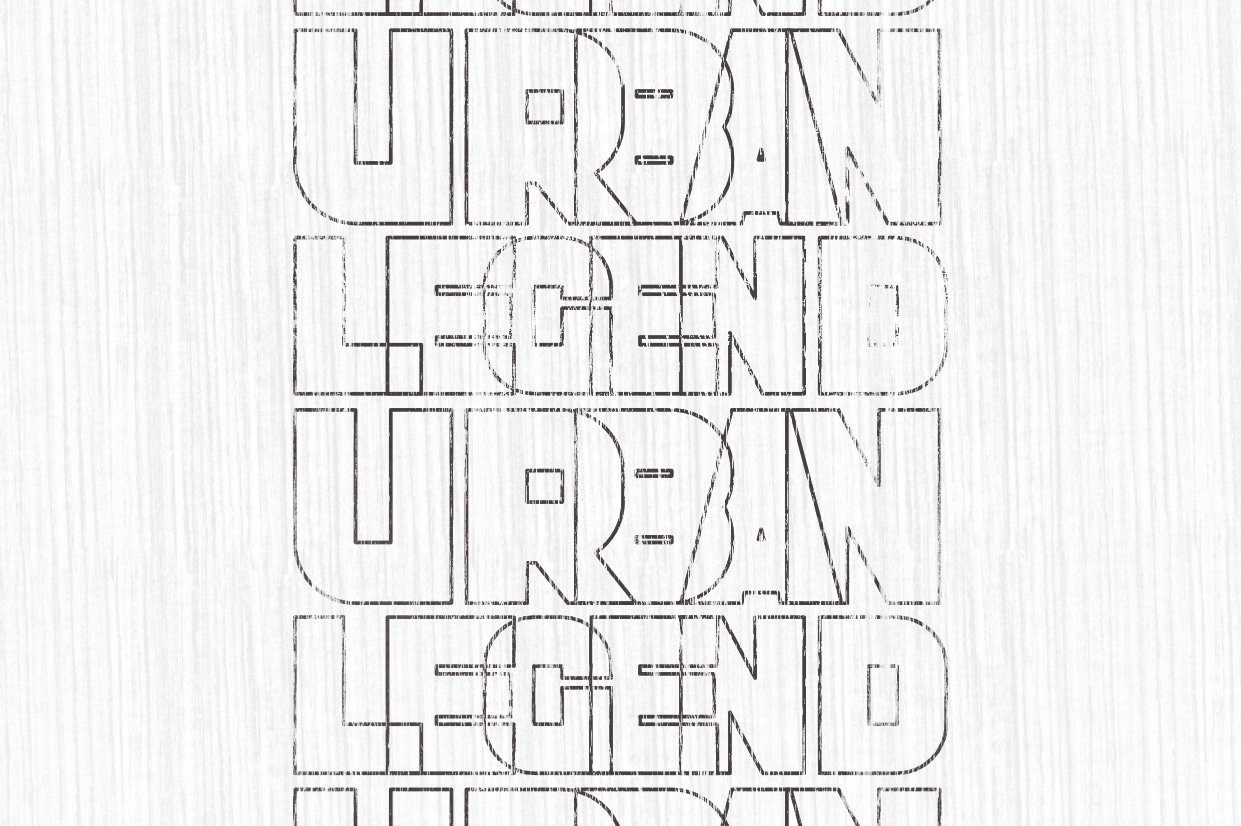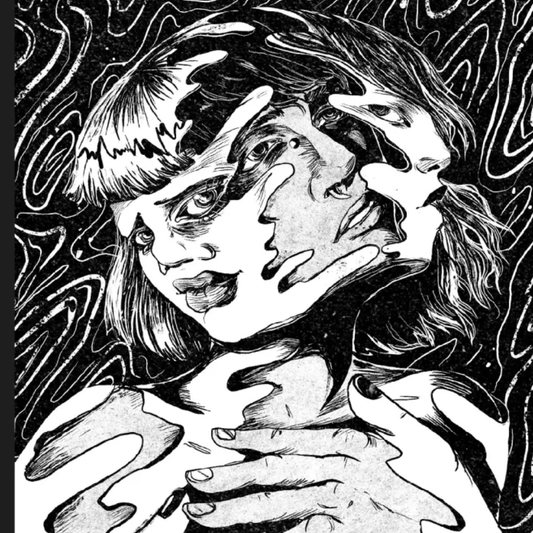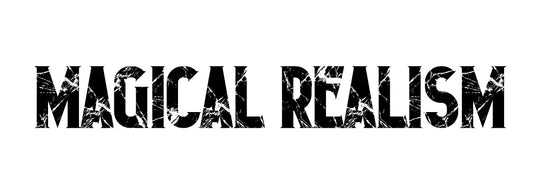URBAN LEGEND POINT CRAWL FRAMEWORK
Share
The Lost Bay default exploration procedure is Wandering. It’s a pointcrawl where PCs are forced to confront the unsettling and strange Urban Legends that permeate the Lost Bay. Urban Legends are modern myths, they speak to our social and intimate fears, drawing out things long left hidden. They frequently involve frightening characters, daunting events, and uncanny encounters. Though these stories may sound unbelievable, in The Lost Bay all Legends are true. They are one of the main tools available to build TLB adventures. They owe a great deal to Chris McDowell’s Mythic Bastionland Myths. While Chris uses Myths to structure hexcrawls, we’ll use them primarily as the backbone of pointcrawls.
The pointcrawl procedure is simple, easily hackable, and rewards exploration. At its core is the DooM clock. Players roll a check on it for every Turn. If the roll is equal or less to the DooM level, an Urban Legend Omen is revealed. Omens are events or encounters. There are six of them for each UL, manifesting in succession from first to last. If PCs move, the DooM clock ticks and the UL moves to the next Omen. The more you explore the Bay, the more likely you are to confront the Legend, until its story consumes you entirely.
In terms of game design, this means players don’t know where they’ll encounter Omens, but the GM knows what the Omens lead up to and the outcome of ramping up tension. Of course, that’s the condensed version of it. The ULs can be bent and modified both during play as well as during the design phase.
I’ve put together a simple Urban Legend framework. I’m using it to write all The Lost Bay ULs and to GM sessions. It’s lightweight, and you might find it useful as it’s easily adaptable to dungeon crawls or hex crawls.
Mechanics
- DooM clock starts at 1
- Omens are encountered in successive order from 1 to 6
- The last Omen is always an encounter with the MOFO or UL sourc
- Every Turn
- PCs can either Stay where they are or Move
- If they Move DooM Clock +1
- DooM check, if the result is less or equal to the DooM level, the next Omen is triggered (in the arriving location if they Move, or in the node they currently are if the Stay)
- If the party looks actively to unveil the UL and finds clues, trigger the next Omen
Urban Legend Structure
- Legend: what PCs know about it.
- Truth: the hidden truth.
- Why do you care? (d6 table or list).
- Omens x 6: Encounters or Events.
- Den: Location where the UL originates (Minidungeon, Sub pointcrawl).
- Cast
- MOFO(s)
- Minion(s)
- Survivors
- Others NPCs
- Special Mechanics (if any)
- Special NPC(s) Roles, and Mood (if any)
Special Mechanics
- DooM check triggers (find or do something that triggers a DooM check)
- Next Omen triggers (find or do something that triggers the next Omen)
- Encounters
- Have fun and break the framework (that’s the most important rule)
Wrapping up
- Dice drop map: throw six to nine d6 on a sheet of paper; these are the nodes
- Draw lines connecting the dice dice: these are the paths between your nodes
- Populate your nodes: add Locations and NPCs, check TLB kickass one-roll NPC generation procedure
- Pick a starting node
- Place the Den on a random node
- Have fun
Tip
Gimme the good stuff
- The UL Framework in a Google doc (contains an example UL Abductions)
- Free 8 page PDF example UL to run at your table https://drive.google.com/drive/folders/1c5vwvRrQxeYY9ylyx7tHbyg4Y0CEBAOo?usp=sharing
- Blank Affinity template to build your and print your UL also https://drive.google.com/drive/folders/1c5vwvRrQxeYY9ylyx7tHbyg4Y0CEBAOo?usp=sharing



